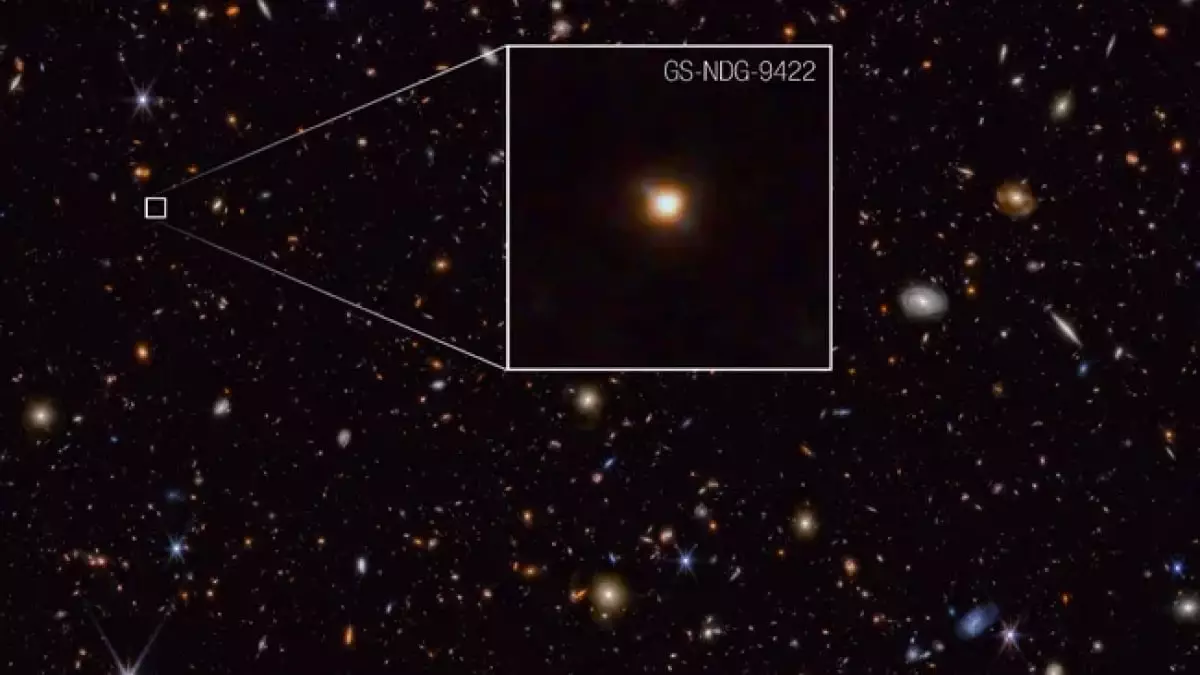The recent findings from the James Webb Space Telescope (JWST) have the astronomical community abuzz, challenging previously held beliefs about the infancy of the universe. One of the most significant aspects of this mission is the discovery of a distant galaxy, estimated to have formed just one billion years after the Big Bang. This galaxy shines a light on a transformative era in cosmic history, characterized by the budding formation of stars and galaxies, showcasing conditions that diverge from what was once predictable.
What makes this discovery particularly compelling is the unique interplay of gas and stars within this galaxy. Contrary to the conventional understanding that stars typically dominate the light emitted from galaxies, observations reveal that in this case, the gas clouds overshadow the stars themselves. This unexpected luminosity of the gas provides a rare opportunity to study the environmental conditions of the early universe, suggesting a dynamic interplay that our current models may have overlooked. It indicates that our understanding of how stars interact with their surroundings during their formation may need a profound reevaluation.
Heavier Elements and the Nature of Early Stars
Moreover, the galaxy houses stars that are significantly hotter than those in contemporary galaxies, yet it is the presence of heavier elements that poses new questions. Earlier assumptions held that the universe’s first stars were primarily composed of hydrogen and helium, supporting a simplistic trajectory of stellar evolution. However, the existence of these hotter stars implies a more complex path, hinting at the processes that enabled the synthesis of heavier elements in subsequent cosmological phases. This finding may reshape the narrative of how, from elemental simplicity, the universe transitioned to the more diverse stellar structures we can observe today.
A Paradigm Shift in Cosmic Understanding
The significance of this discovery extends beyond empirical observations; it offers a chance for scientists to refine their models of cosmic evolution. With JWST’s advanced capabilities, astronomers can now peer deeper into the universe than ever before, unlocking secrets that lay buried in time. The galaxy uncovered is just one of many expected revelations that will paint a clearer picture of how galaxies and stars emerged from the chaotic aftermath of the Big Bang.
As research continues into galaxies from this early epoch, the implications of these findings are vast. Not only could they inform us about the formative years of our own galaxy, the Milky Way, but they may also challenge the very foundations of cosmological models. In the quest to understand the origins of the universe, the JWST stands at the forefront, inviting us to rethink our assumptions and refine our explorations of the cosmic landscape. The revelations generated by this groundbreaking technology are not just enlightening; they are sparking an intellectual renaissance within the field, one that is poised to unravel even more of the universe’s profound mysteries.


Leave a Reply